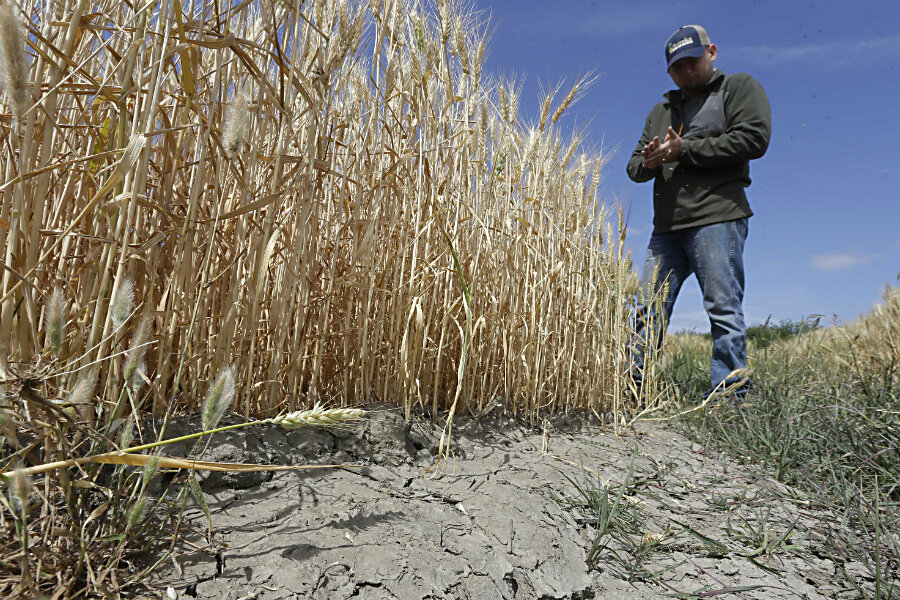Could El Niño end California's drought?
The weather phenomenon known as El Niño is coming, raising the prospect of heavy rains that could relieve California’s record three-year dry spell.
In a statement issued earlier this week, the National Oceanic and Atmospheric Administration (NOAA) said that there is a greater than 90 percent chance that El Niño will continue through the winter of 2015-16, and around an 80 percent chance it will last into early spring 2016.
El Nino - Spanish for 'the boy' - forms every two to seven years and warning signs emerge months in advance. The Christian Science Monitor's Pete Spotts explains:
El Niño occurs when easterly trade winds in the tropical Pacific relax – even reverse – to allow a vast pool of warm water piled up in the western tropical Pacific to move east until it reaches the west coast of Central and South America, leading to higher-than-normal sea-surface temperatures across the equatorial Pacific.
As the ocean releases its heat and moisture to the atmosphere, intense thunderstorms once cooped up over the western Pacific spread along the equator as well. The cumulative effect of this activity changes large-scale circulation patterns at higher latitudes, altering storm tracks that change the typical distribution of rain and snowfall, as well seasonal temperatures.
California has been experiencing its worst drought on record and the expected wet season could offer much needed rain. “The stronger this event becomes, the more confident that next winter we’ll see stronger precipitation in California and the whole southwestern United States,” said Mike Halpert, an official at NOAA told Time.
Last year forecasters had predicted a major El Niño event but it failed to materialize plunging California into extreme drought.
However, experts say the long awaited heavy rains will have to stay strong until winter to bust the state’s drought. “The key is really whether this event maintains its strength into the winter,” Daniel Swain, an atmospheric science Ph.D. student at Stanford University told Climate Central. “While the models do think that will likely happen, we still don't know for sure.”
In previous strong El Niño events, California has seen a 150 percent to 200 percent increase in rainfall, according to Mr. Halpert at NOAA.
The El Niño 2015, whose expected start time is between July and November, is the first time such weather shift in five years.
It’s still too early for California to sigh with relief. “With weather there is no guarantee. El Niño is only one of many things that could impact California’s rainy season,” Tom Di Liberto, meteorologist for the federal Climate prediction center, told The Sacramento Bee.
El Niño can have devastating effects as often results in heavy rains, floods, and landslides. The last strong El Niño happened in 1997-1998 and is estimated to have caused losses of between $10 billion and $25 billion in the U.S.





